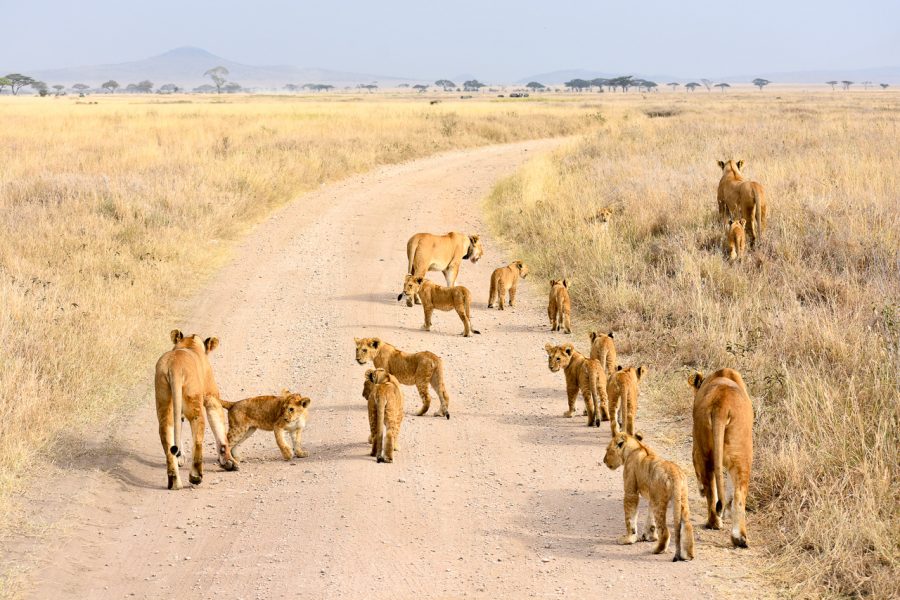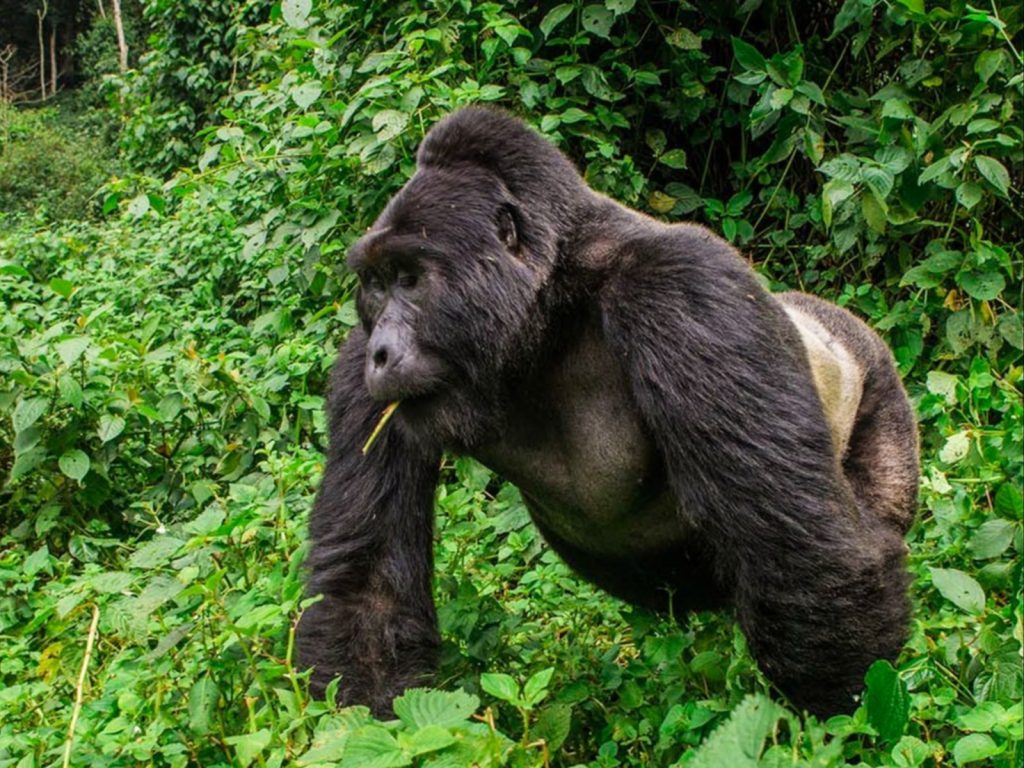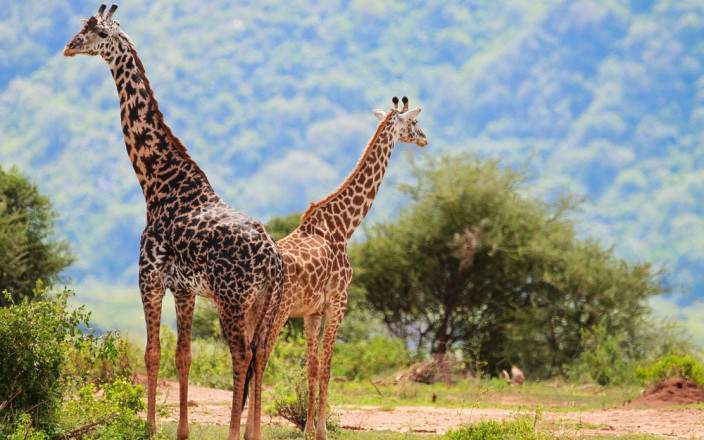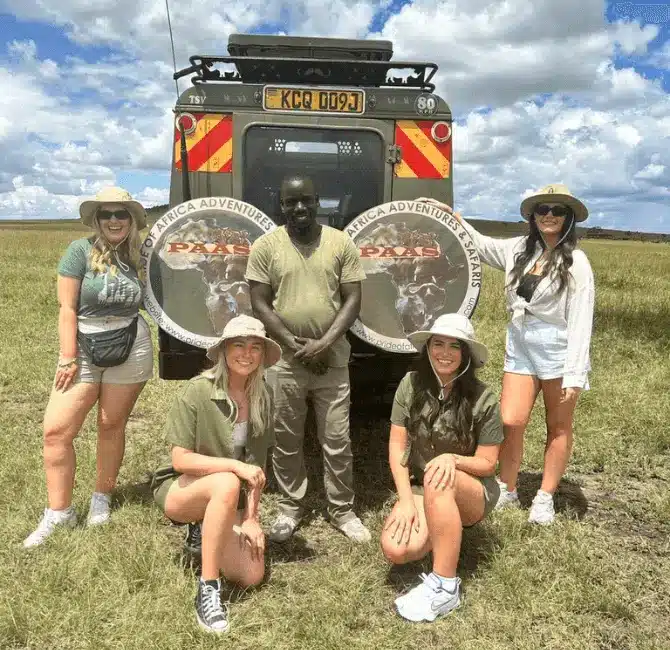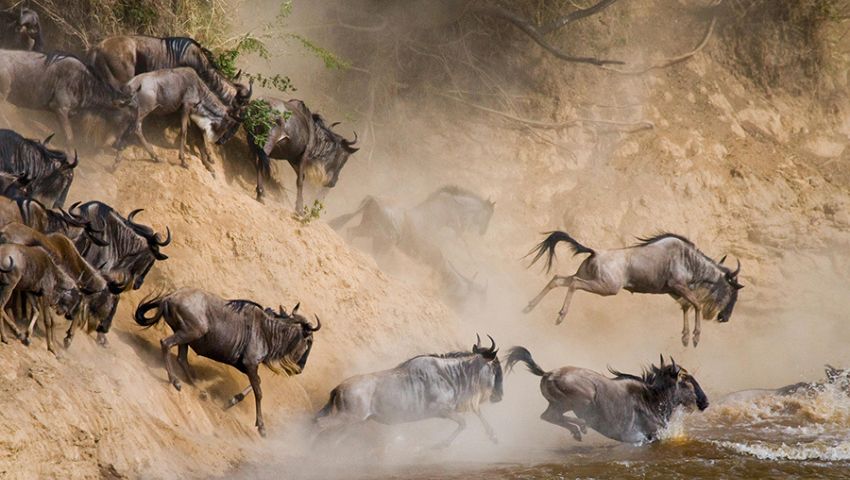Great migration in Africa, also known as the Great Wildebeest Migration is the largest land-based animal migration mostly witnessed from mid-June to late November, where more than 1.5 million wildebeests, zebras and antelopes scatter the vast plains of the Masai Mara, transforming the Savannah into a place of dramatic action and a constant struggle for survival.
Where can I witness the great migration in Africa?
The great wildebeest migration happens in the Southern part of Kenya and the northern part of Tanzania. In Kenya, it is witnessed within Maasai Mara National Reserve, while in Tanzania, it is witnessed within Serengeti National Park, but there is always an overflow into Ngorongoro.
Which animals are involved in the migration?
Migration is mostly known as the Wildebeest thing, but there is also a huge dazzle (a group of zebras) and antelopes migrating. Migration is never complete without animals like Nile crocodiles, Lions, and Hyenas, which prey on the migration herds.
Why do wildebeest migrate?
It is generally believed that the great migration in Africa is dictated primarily by the wildebeests’ response to the weather. Wildebeest are fussy animals and mostly graze on short grass. Because of this, they follow zebras, which are not as picky, to access the shorter grass they need. That is why, without the most social animals (zebras), migration would probably not occur as it does.
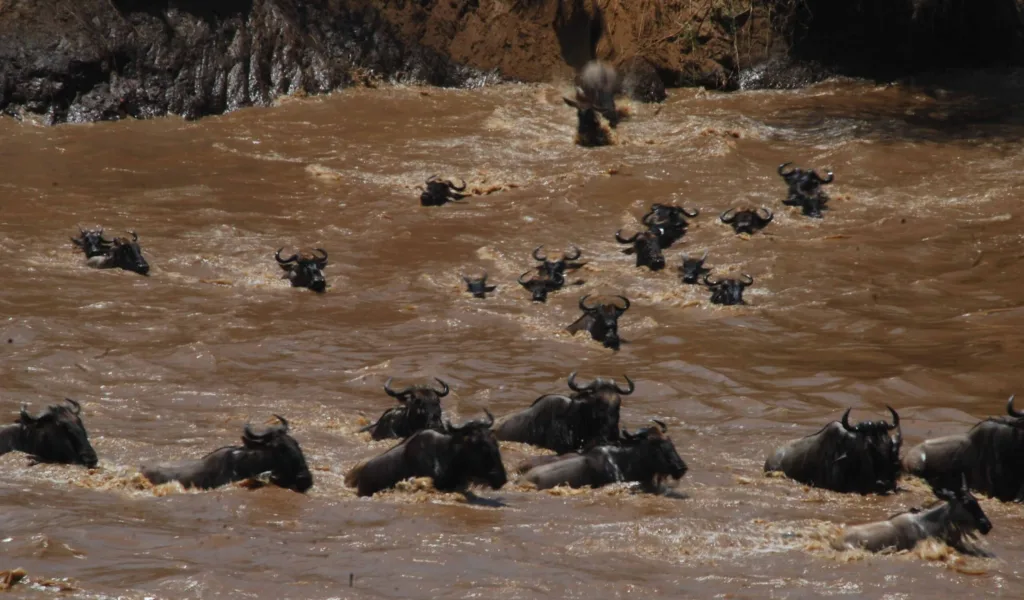
In general animals involved in the migration move after the rains and the growth of new grass, essentially following a natural instinct to find food to stay alive. Some experts believe that wildebeest are triggered by distant lightning and thunderstorms, but there is no scientific proof of it.
River crossing during great migration in Africa
Animals involved in the migration must cross many streams and rivers when searching for pastures and water. River crossing is the most dangerous part for them. While crossing the Mara River, some animals are killed by crocodiles, and others are swept away by the current and drown.
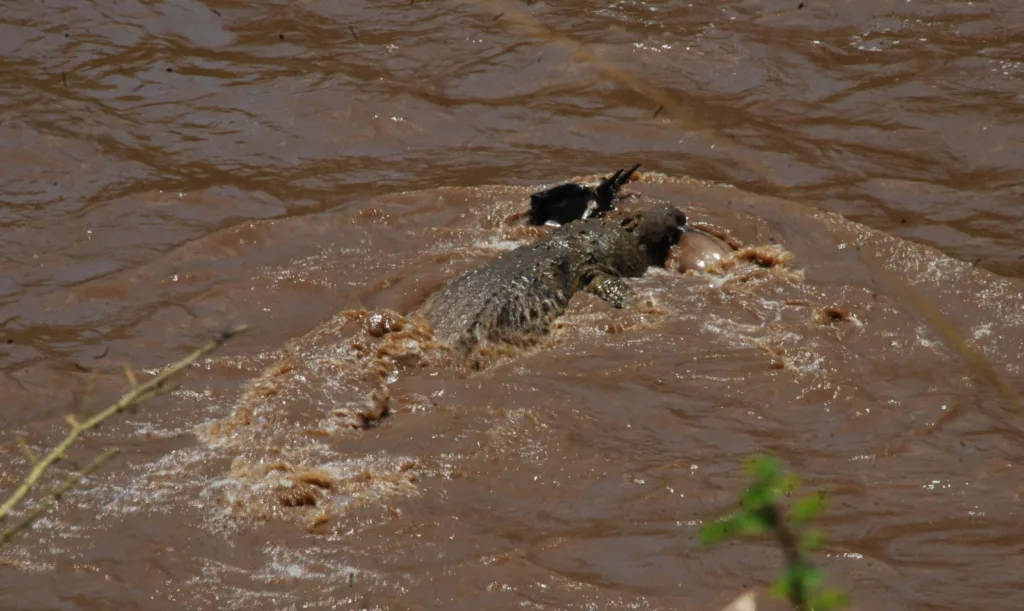
Knowing this, can the river crossing be predicted? The answer is really no—not even the wildebeest know when they’re going to cross. Some arrive at the water and swim over immediately, some arrive and spend days hanging around grazing, and some arrive and turn back to where they came from. We wish we could predict the crossings, but no one can. This is why it is best to have as much time on safari as possible if you hope to see a river crossing.
What is the best time to see wildebeest migration?
Most people think that the wildebeest migration only takes place between July and October, but it’s actually an ever-moving, circular migration with various, equally exciting events occurring year-round. The popular river crossings usually coincide with the high tourism season for safaris (June to October), hence the perception that this is the only time of year when the wildebeest are on the move or can be seen.
So where does the great migration start and end?
Because the great migration is a fluid, year-round movement of about two million animals across the Serengeti-Mara ecosystem, there are no defined start or end points. The great migration in Africa is triggered by East Africa’s rains, and the animals follow an age-old route in search of fresh grazing and water. This epic journey takes the wildebeest across the Maasai Mara plains in Kenya, all the way south into Tanzania’s Serengeti and the edge of the Ngorongoro Crater, before circling up and around in a clockwise direction.
Already planning to experience the wildebeest migration?
Are you planning a safari to witness the awe-inspiring wildebeest migration? Contact us today and let us help you plan an unforgettable adventure into the heart of Africa’s greatest wildlife spectacle.






